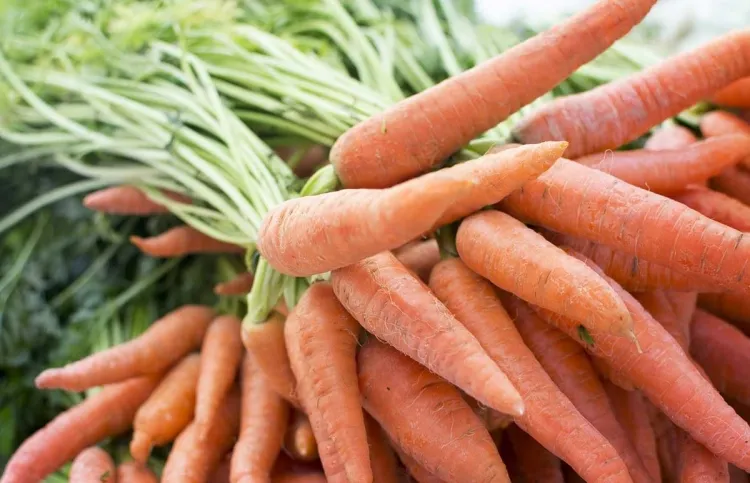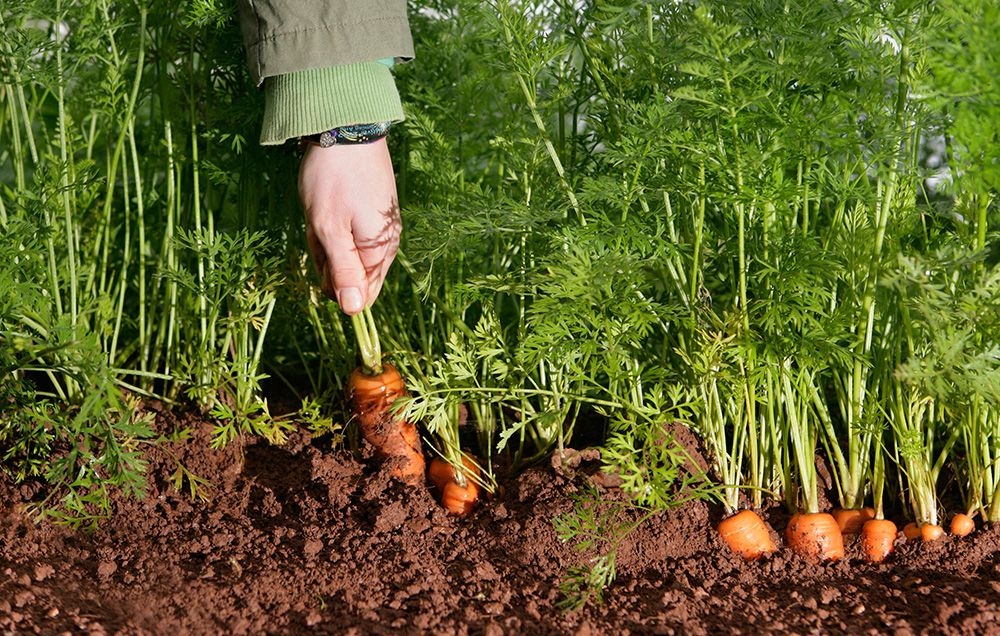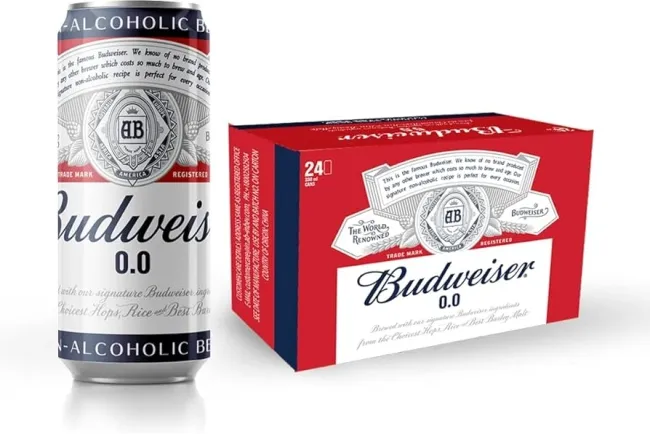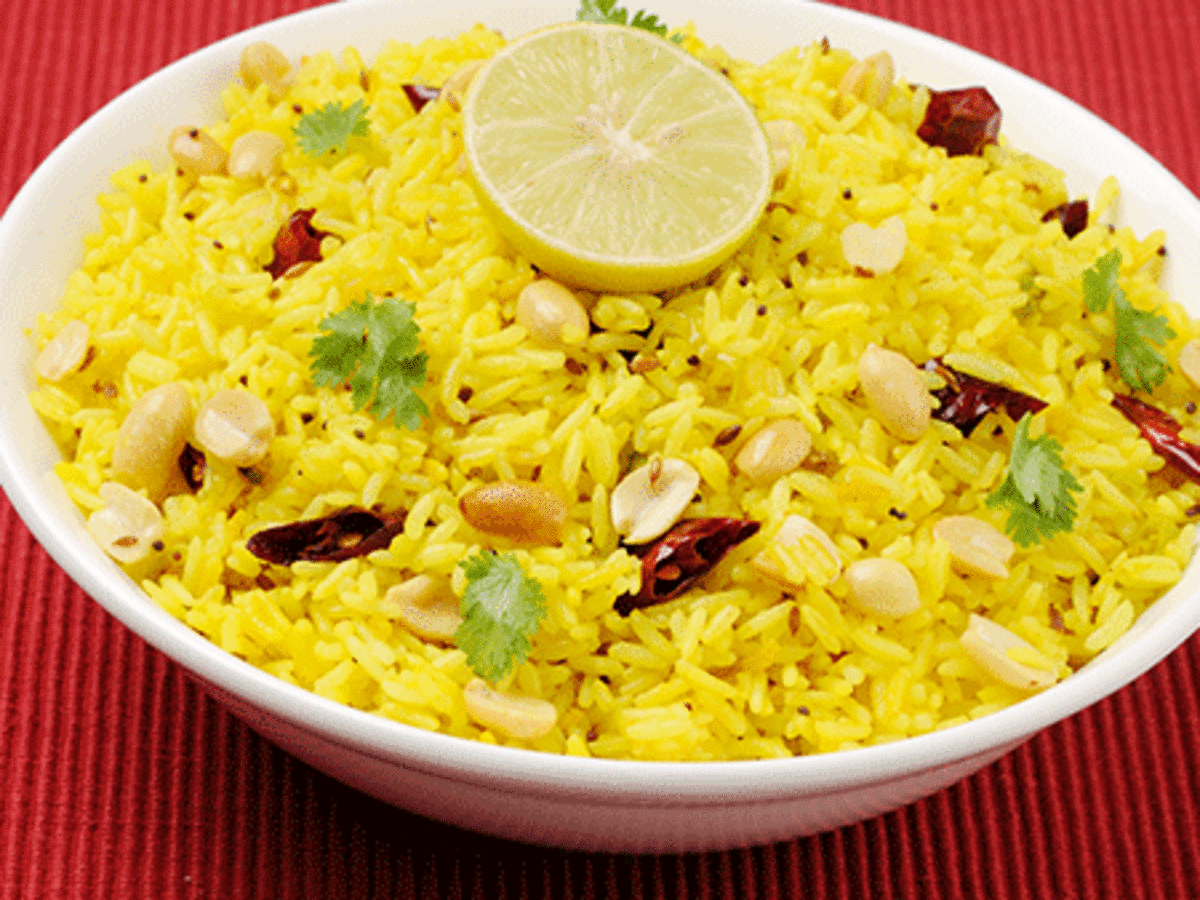Carrot Cultivation...!!!
Carrots are a versatile and nutritious vegetable with numerous culinary, nutritional, and industrial uses. Their cultivation requires specific climate and soil conditions, but with proper care and maintenance, they can yield abundant and high-quality roots. Whether enjoyed fresh, cooked, or incorporated into health and beauty products, carrots continue to be a valuable and delicious addition to diets around the world.

Carrot Cultivation
Climate and Soil Requirements
-
Climate: Carrots thrive in cool to moderate climates, requiring a temperature range of 15°C to 25°C (59°F to 77°F) for optimal growth. Excessive heat can cause the roots to become fibrous and less palatable. Carrots are typically grown in the spring and fall to avoid extreme temperatures.
-
Soil: Carrots prefer well-drained, sandy loam soil with a pH level between 6.0 and 6.8. The soil should be free of stones and debris to allow for the smooth growth of carrot roots. Good soil aeration and organic matter, such as compost, can improve soil structure and fertility.
Planting
-
Seed Selection: Choose high-quality carrot seeds that are disease-resistant and suitable for your climate. There are various carrot varieties, including Nantes, Danvers, Imperator, and Chantenay, each with different characteristics.
-
Sowing: Carrot seeds are small and should be sown directly into the soil. Sow the seeds thinly in rows spaced about 30 cm (12 inches) apart, with a depth of about 0.5 cm (0.2 inches). Cover the seeds lightly with soil and water gently to avoid washing the seeds away.
-
Spacing and Thinning: Once the seedlings emerge, thin them to a spacing of about 5-10 cm (2-4 inches) apart. Proper spacing ensures that the carrot roots have enough room to develop without competition.
Care and Maintenance
-
Watering: Carrots require consistent moisture for optimal growth. Water the plants regularly, providing about 2.5 cm (1 inch) of water per week. Avoid overwatering, as it can lead to root rot and other diseases.
-
Weeding: Keep the carrot beds weed-free to prevent competition for nutrients and water. Use mulch to suppress weeds and retain soil moisture.
-
Fertilization: Incorporate well-rotted compost or organic matter into the soil before planting. Avoid excessive nitrogen, as it can lead to lush foliage at the expense of root development.
-
Pest and Disease Control: Monitor the plants for common pests like carrot flies, aphids, and nematodes. Use appropriate pest control measures, such as row covers or natural predators. Prevent diseases by rotating crops and avoiding planting carrots in the same spot year after year.
Harvesting
-
Timing: Carrots are usually ready for harvest 70-80 days after sowing, depending on the variety. Check for maturity by gently pulling up a few carrots and inspecting their size and color.
-
Harvesting Technique: Use a garden fork or trowel to loosen the soil around the carrot roots. Gently pull the carrots out of the ground, taking care not to damage the roots.
-
Post-Harvest Handling: Trim the foliage to about 2 cm (0.8 inches) above the root. Wash the carrots thoroughly to remove soil and store them in a cool, dark place. Carrots can be stored in the refrigerator for several weeks.

Uses of Carrots
Culinary Uses
-
Fresh Consumption: Carrots can be eaten raw as a healthy snack. They are often used in salads, crudité platters, and as a garnish for various dishes.
-
Cooking: Carrots can be cooked in various ways, including boiling, steaming, roasting, and sautéing. They are a staple ingredient in soups, stews, casseroles, and stir-fries.
-
Juices and Smoothies: Carrot juice is a popular beverage known for its refreshing taste and nutritional benefits. Carrots can also be blended into smoothies for added sweetness and texture.
-
Baking: Carrots are used in baking recipes such as carrot cake, muffins, and bread. They add natural sweetness and moisture to baked goods.
-
Pickling: Carrots can be pickled and preserved for later use. Pickled carrots are a tasty addition to sandwiches, salads, and charcuterie boards.
Nutritional and Medicinal Uses
-
Rich in Nutrients: Carrots are an excellent source of vitamins A, K, and C, as well as dietary fiber, potassium, and antioxidants. They support overall health and well-being.
-
Vision Health: The high beta-carotene content in carrots is converted into vitamin A in the body, which is essential for maintaining healthy vision.
-
Digestive Health: The dietary fiber in carrots aids in digestion and promotes a healthy gut. Carrots can help prevent constipation and support regular bowel movements.
-
Immune Support: The vitamins and antioxidants in carrots help boost the immune system, protecting the body against infections and illnesses.
-
Skin Health: Carrots are rich in antioxidants and vitamins that promote healthy skin. They can help reduce oxidative stress, prevent premature aging, and improve skin texture.
Industrial Uses
-
Cosmetics and Skincare: Carrot extracts are used in various cosmetic and skincare products due to their moisturizing and antioxidant properties. They help nourish the skin and protect it from environmental damage.
-
Animal Feed: Carrot tops and by-products from carrot processing are used as animal feed, providing essential nutrients to livestock.
Carrots are a versatile and nutritious vegetable with numerous culinary, nutritional, and industrial uses. Their cultivation requires specific climate and soil conditions, but with proper care and maintenance, they can yield abundant and high-quality roots. Whether enjoyed fresh, cooked, or incorporated into health and beauty products, carrots continue to be a valuable and delicious addition to diets around the world.
What's Your Reaction?

















